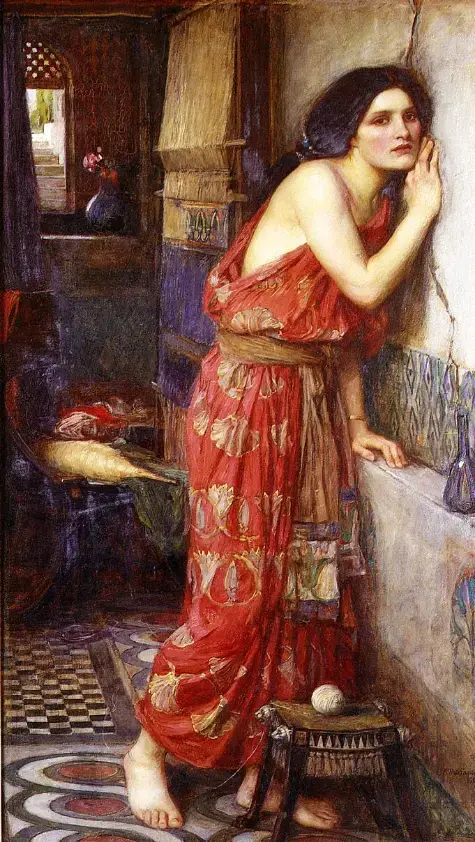Pyramus and Thisbe

In Greek mythology, Pyramus and Thisbe were star-crossed lovers from Babylon whose tragic story has endured through the ages. Their tale is most famously preserved in Ovid's poetic masterpiece Metamorphoses, though it has been retold countless times throughout history.
The young lovers lived in adjacent homes but were forbidden to marry due to their families' bitter rivalry. Despite this separation, they discovered a small crack in the wall between their houses, which became their secret means of communication. Determined to be together, they arranged a clandestine meeting beneath a mulberry tree outside the city.
Fate, however, had other plans. Thisbe arrived first but fled when she encountered a lioness with blood-stained jaws that had just finished a kill. In her haste, she dropped her veil, which the lioness mauled with its bloody mouth before departing. When Pyramus arrived and found the blood-stained veil, he assumed the worst—that Thisbe had been devoured by the beast. Overwhelmed with grief, he plunged his sword into his body.
Thisbe, returning to find her beloved dying, was devastated. Unable to bear life without him, she took the same sword and ended her life. As their blood soaked into the earth, it reached the roots of the mulberry tree, forever changing its fruits from white to a deep crimson—a lasting memorial to their tragic love.
Though Ovid provides our earliest surviving account, the myth likely originated in Cilicia before spreading throughout the ancient world. This powerful narrative of forbidden love has inspired countless works of art and literature, most notably Shakespeare's Romeo and Juliet and the play-within-a-play in A Midsummer Night's Dream. From ancient Roman mosaics to Renaissance paintings, opera to modern adaptations, the story of Pyramus and Thisbe continues to resonate as a timeless tale of love's triumph over division, even in death.